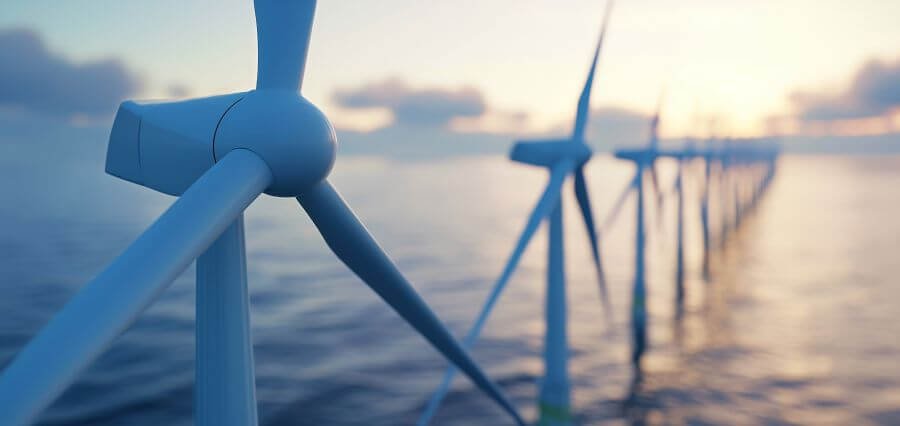An analysis has highlighted the need for substantial investment to tap into the potential 1,400 gigawatts of offshore wind energy in the Middle East and North Africa (MENA) region. According to the latest report from the Global Wind Energy Council (GWEC), countries such as Saudi Arabia, Morocco, Egypt, and Oman are poised to lead in developing this sector, which is currently in its early stages as offshore activities in the region have historically focused on oil and gas.
Offshore wind power is seen as crucial in the transition to cleaner energy sources, as it produces electricity without fuel combustion or carbon dioxide emissions. Moreover, offshore wind benefits from stronger, more consistent, and less turbulent winds compared to onshore locations, ensuring reliable energy generation.
“The significant potential of offshore wind suggests promising developments in the Middle East, contingent upon favorable investment environments, national regulations, permitting procedures, and the availability of skilled workforce,” noted the GWEC report.
Despite the region’s extensive potential, the report highlighted that MENA has yet to witness major offshore wind energy projects due to the substantial upfront investments required and the abundance of available onshore locations for energy production. However, there are indications of shifting trends in the region.
“Efforts to diversify energy sources, potential subsea interconnectors to Europe, and prospects for exporting green energy and products may prompt MENA countries to reconsider their stance on offshore wind,” GWEC stated.
The report projected Saudi Arabia to have a significant offshore wind capacity of 106 gigawatts along its eastern and western coastlines. Saudi Arabia’s increasing focus on renewable energy sources is expected to drive the growth of wind power generation in the coming years.
“The Kingdom, known for its oil wealth, currently operates only one onshore wind farm (Dumat al Jandal) but has ambitious plans for further renewable energy expansion. By 2030, Saudi Arabia aims to derive half of its energy from renewable sources and achieve net-zero emissions by 2060,” the report highlighted.
Saudi Arabia’s renewable energy goals, coupled with initiatives like large-scale green hydrogen projects and aspirations to export clean energy products, are anticipated to accelerate the development of both onshore and offshore wind projects in the region.
For more detail : https://arabianworldmagazine.com




